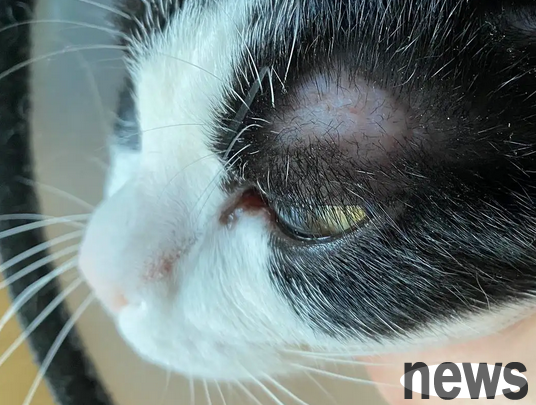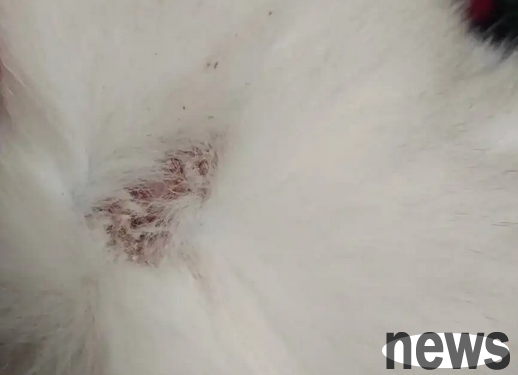Three common cat skin diseases - ringworm nowadays, there are more and more people raising cats, and having a cute cat around you is also a happy thing in life. But all poop shovelers should also pay attention to the health of the cat. After all, the cat's illness has a great impact on both the cat and the owner. Cats are prone to skin diseases. The following editor will introduce three common cat skin diseases, hoping to be helpful to everyone.

1. Flea allergic dermatitis: As the name suggests, it is caused by small red papules appearing in the wound after flea bites. After the cat scratches it due to itching, the wound appears. Sometimes the wound will also be infected with mold and bacteria, making the lesion area expand and larger.
2. Scabies: This is a scabies that begins to parasitize the ears, then attack on the head, and then the whole body. When this insect eats animal dandruff tissue, it will cause intense itching. So when you find that the kitten is constantly scratching the ears and shaking his head, you should pay attention, and even have scabs, ulcers, and pustules... Please do not continue to "observe", hurry and send them to the hospital for treatment!
3. Scabies: Cats under one year old are prone to infections with Scabies, which are a special mold. The typical symptom is irregularly rounded in the hair removal area, mixed with scaly spots and scars, and sometimes allergic papules. This Scabies are caused by strong infectiousness and zoonotic effects. Once discovered, it must be treated and controlled immediately.

If the kitten has skin disease, its related instruments should be thoroughly disinfected, scrubbed or sprayed with 0.5% concentration of bleach, or sprayed on the surface. If it is exposed to sunlight, 5 to 6 hours a day for a week, the effect will be better. It is best to expose the cat to cure it. Since mold will survive in the form of spores, the cat treatment will last for about one week to ten days after it is effective. The same is true for disinfection of the utensils, so as to avoid the chance of recurrence. Otherwise, the remaining mold spores can survive for 3 or 4 years.